South Australia is touted as the mainland’s leader in renewable energy.
According to AEMO, South Australia generates over 70% of its electricity from renewable sources, with significant contributions from wind and solar power.
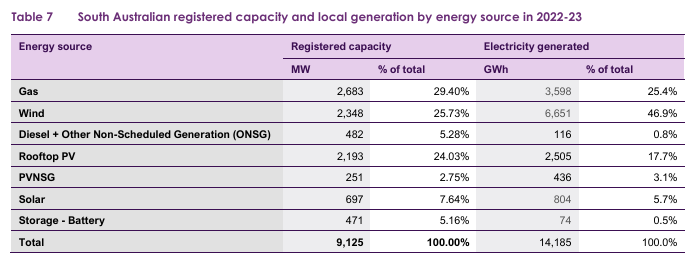
Source: AEMO
As shown above, wind farms are the largest source of electricity in South Australia, generating 6,651 GWh in the 2022-23 reporting period.
South Australia aims for 100% net renewable energy by 2027. This target will require shutting down the state’s gas-fired and diesel generators.
However, relying 100% on renewables risks regular blackouts in times of low wind.
Last week, South Australia’s over-reliance on gas-fired generation alongside diesel for 48 hours was a prime example of this folly.
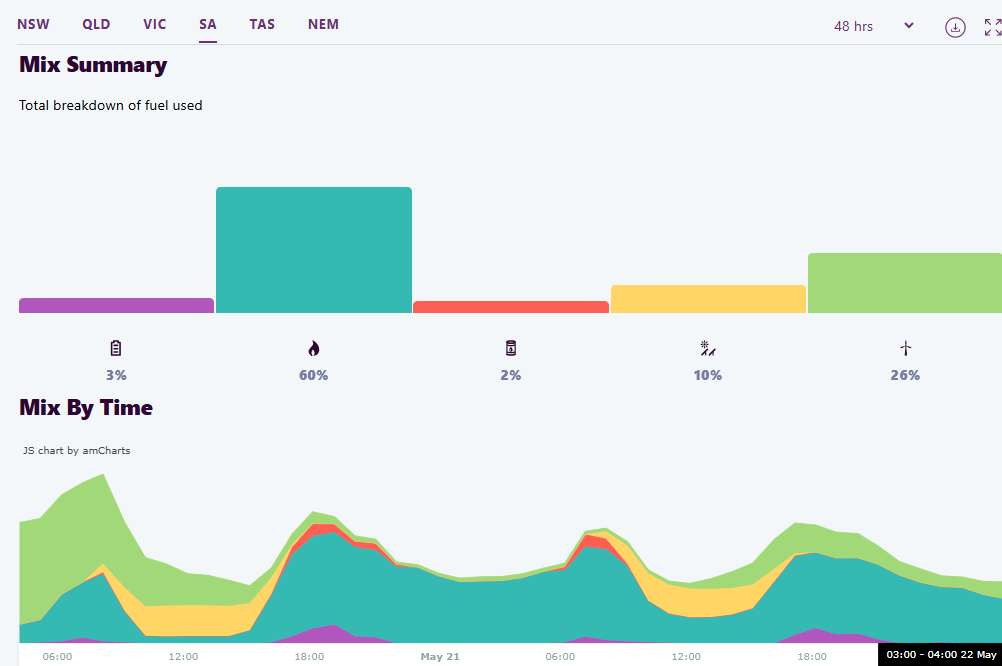
South Australia’s electricity generation (21-22 May 2025)
As shown above by AEMO, between 21 and 22 May, 60% of South Australia’s electricity came from gas and 2% from diesel.
What is not shown is that South Australia also imports electricity from Victoria, which was overwhelmingly generated from brown coal (69%) supplemented by gas (9%):
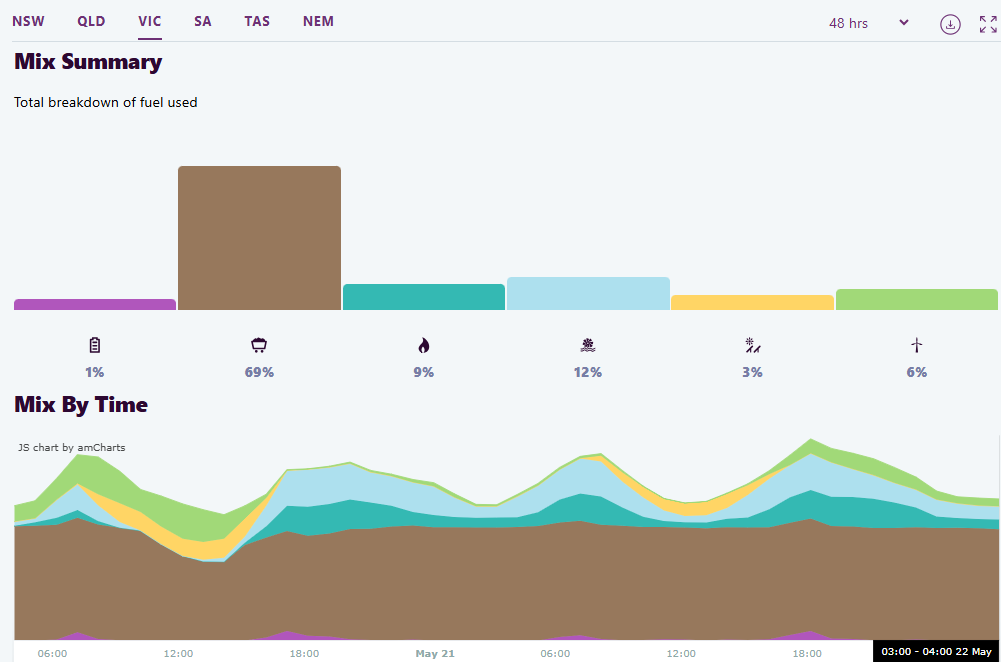
Victoria’s electricity generation (21-22 May 2025)
The above charts highlight the fundamental problem with renewables: they are weather-dependent. Therefore, they are intermittent and have low load factors. Renewables need backup generation and loads of storage. They also need a lot more network infrastructure to connect the web of generation sources. As a result, renewables are very expensive.
Renewables are especially useless in winter when there is far less sun and often long periods of low wind.
Given its high reliance on renewables, it should be no surprise that South Australia has the most expensive electricity in Australia.
“South Australia has the highest electricity rates on the NEM, at over 40 c/kWh for single use rate plans. This is 49% higher than the average of the rest of the NEM”, according to Energyse.
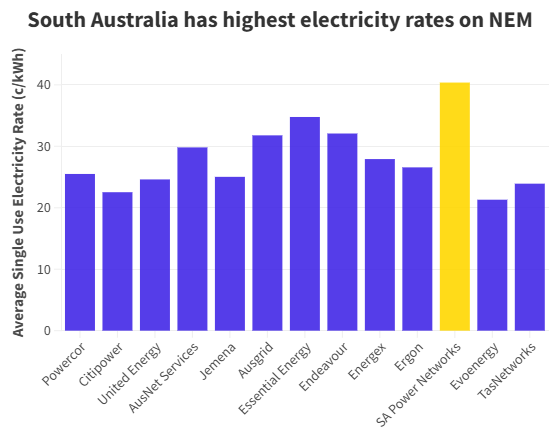
Source: Energyse
“Adelaide is the capital city with the most expensive electricity, with electricity costing 47.1 c/kWh for a typical two person household once daily usage charges are factored in”.
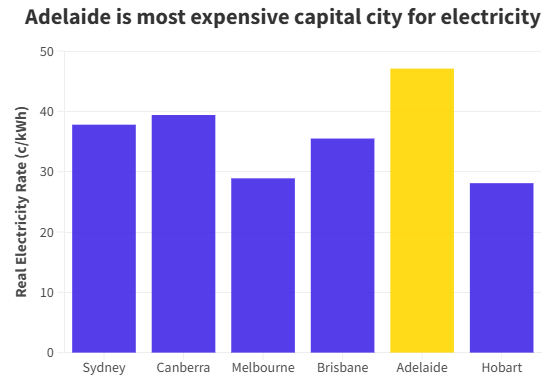
Anyone who continues to claim that energy will be cheaper and more reliable under a renewable grid is either delusional or lying.
Weather-dependent energy is inherently unreliable energy. It is also incredibly costly due to the massive buildout, transmission, and storage needed and the requirement to keep hydrocarbon generators on standby when wind and solar generation collapse.
Policymakers should stop gaslighting and be upfront about the costs and trade-offs in Australia’s renewable energy transition.

